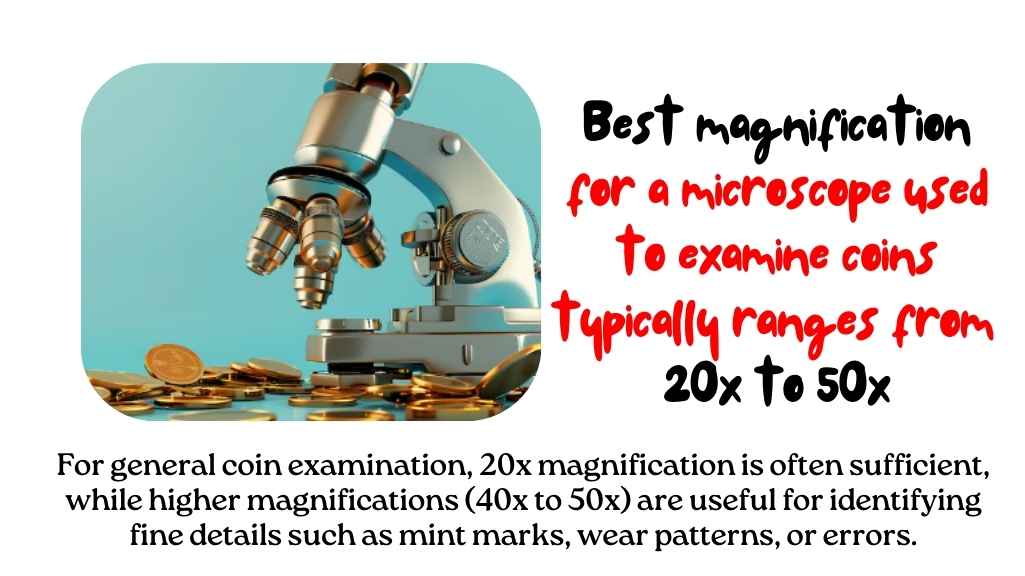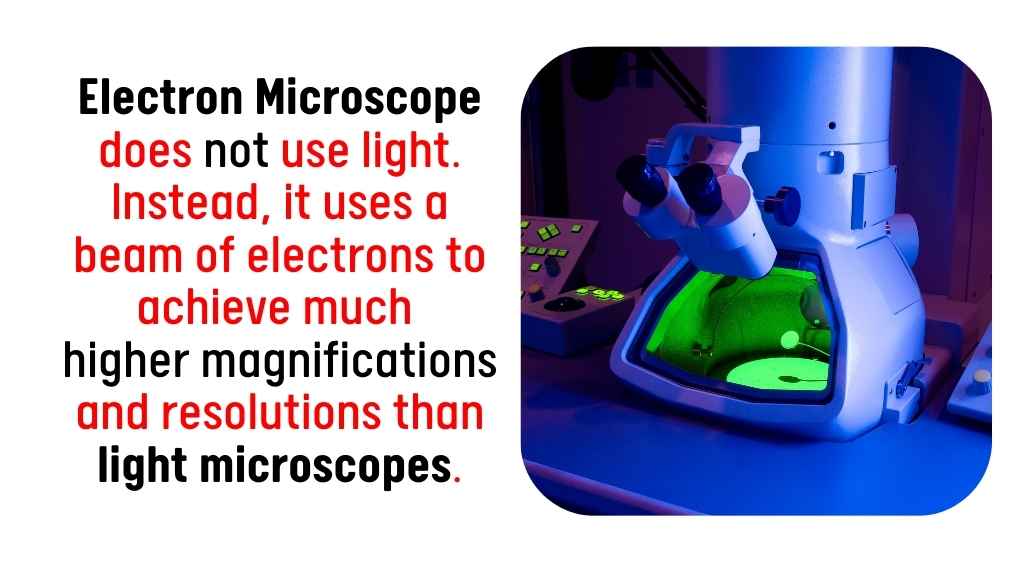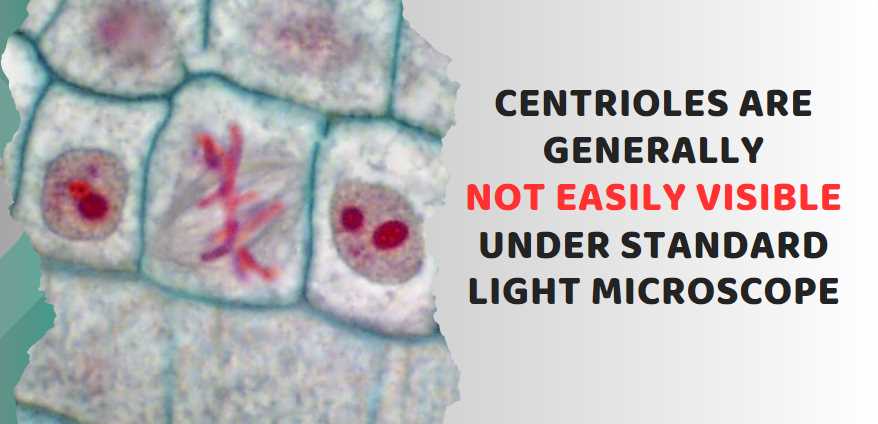Bits and Bytes Magnified: The Evolution of Computer Microscopes in Tech Exploration
Are you curious about the perfect computer microscope but don’t know where to start? This guide will walk you through the different types of computer microscopes and introduce you to their key features. We’ll also answer some of the most common questions about computer microscopes so that you can decide which one is right for […]
Bits and Bytes Magnified: The Evolution of Computer Microscopes in Tech Exploration Read More »








